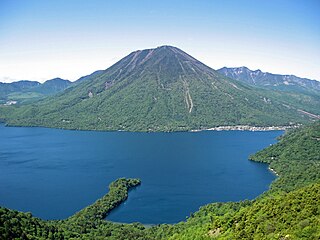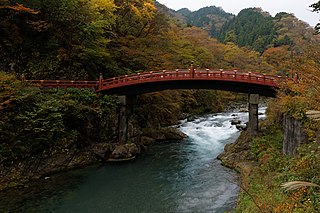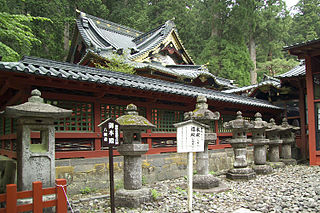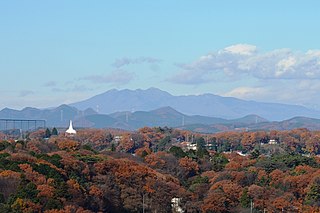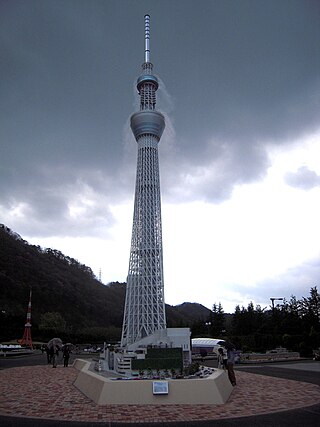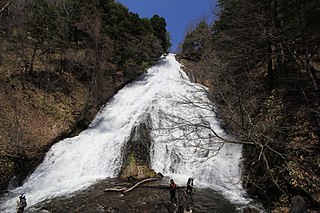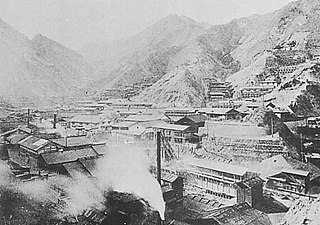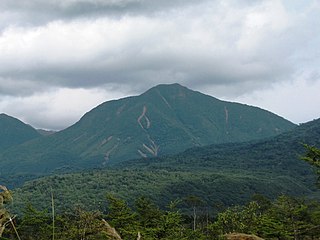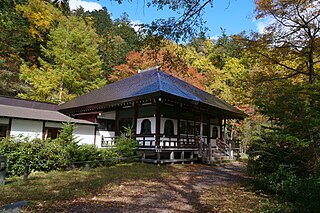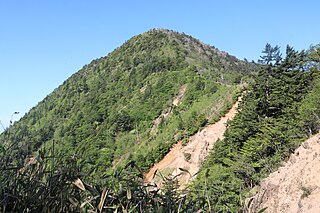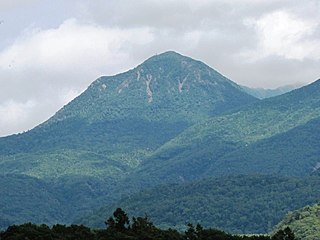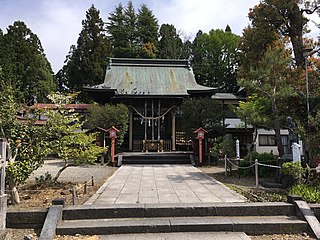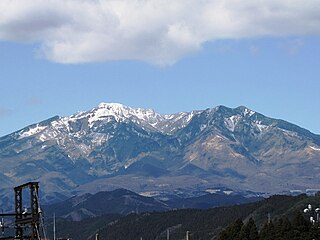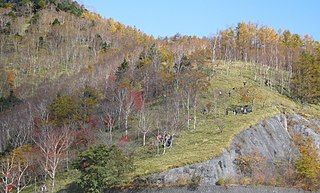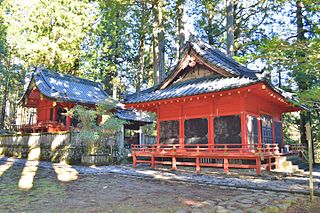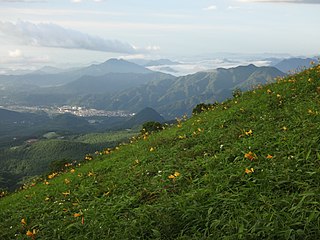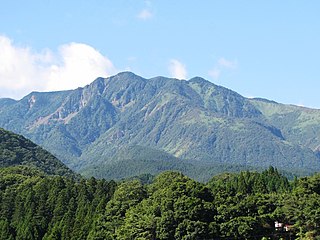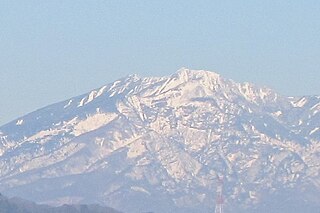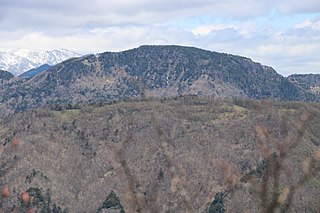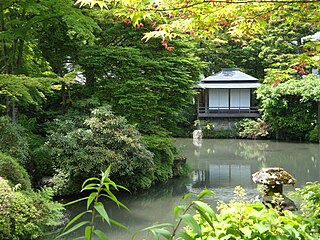20 Sights in Nikko, Japan (with Map and Images)
Legend
Welcome to your journey through the most beautiful sights in Nikko, Japan! Whether you want to discover the city's historical treasures or experience its modern highlights, you'll find everything your heart desires here. Be inspired by our selection and plan your unforgettable adventure in Nikko. Dive into the diversity of this fascinating city and discover everything it has to offer.
Sightseeing Tours in NikkoActivities in NikkoMount Nantai is a stratovolcano in the Nikkō National Park in Tochigi Prefecture, in central Honshū, the main island of Japan. The mountain is 2,486 metres (8,156 ft) high. A prominent landmark, it can be seen on clear days from as far as Saitama, a city 100 km (62 mi) away.
Shinkyo is a vermilion-painted bridge over the Oya River in Kamibachiishi-cho, Nikko City, Tochigi Prefecture. It is one of the cultural properties that make up the World Heritage Site "Shrines and Temples of Nikko". It is designated as an important cultural property of Japan.
Futarasan jinja (二荒山神社) is a Shinto shrine in the city of Nikkō, Tochigi Prefecture, Japan. It is also known as Nikkō Futarasan Shrine, to distinguish it from the Utsunomiya Futarayama Jinja, which shares the same kanji in its name. Both shrines claim the title of ichinomiya of the former Shimotsuke Province. The main festival of the shrine is held annually from April 13 to April 17.
4. Mt. Takahara
Takahara Mountain (Takaharayama) is a mountain that spans Nikkō City in Tochigi Prefecture and the towns of Shioya, Nasushiobara, and Yaita. In particular, the main peaks, including Chōchōzan, Shakagatake, Nakadake, and Nishihira-dake, are located in Nikkō City and Shioya Town, and the mountain body, including the northeastern foothills of Happōgahara, is within Nikkō National Park. It is designated as one of Japan's 300 famous mountains.
5. Tobu World Square
Tobu World Square (東武ワールドスクウェア) is a theme park in Kinugawa Onsen, Nikkō, Tochigi, Japan. The theme park contains over a hundred 1:25 scale models of famous buildings, including UNESCO-designated World Cultural and Heritage Sites, complete with 140,000 1:25 miniature people.
6. Yutaki
Yutaki (Yutaki, Yudaki) is a waterfall that flows down from the southern end of Lake Yuno in the Okunikko area of Nikko City, Tochigi Prefecture. Height 70 m, maximum width 25 m. Along with Kagon Falls and Ryutou Falls, it is considered to be one of the three famous waterfalls in Okunikko. In addition, it is considered to be one of the five famous waterfalls of Nikko, along with Kagon Falls, Ryutou Falls, Urami Falls, and Kiri Falls.
7. Ashio Copper Mine
The Ashio Copper Mine was a copper mine located in the town of Ashio, Tochigi, in the northern Kantō region of Japan. It was the site of Japan's first major pollution disaster in the 1880s and the scene of the 1907 miners' riots. The pollution disaster led to the birth of the Japanese environmental movement and the 1897 Third Mine Pollution Prevention Order. It also triggered changes in the mine's operations, which had played a role in the 1907 riots, part of a string of mining disputes in 1907. During World War II the mine was worked by POW forced labour.
8. Mt. Omanago
Mt. Ōmanako is a mountain located in Nikko City, Tochigi Prefecture, in Nikko National Park. The altitude is 2,376 m. The third-class triangular point "Mt. Daimanako" (elevation 2,375.4m) is installed.
9. Onsen-ji Temple
Onsenji Temple is a temple of the Tendai sect located in Yumoto, Nikko City, Tochigi Prefecture, Japan, and is a separate temple of Rinno-ji. The name of the mountain is Mt. Nikko. The honzon is Yakushi Nyorai. In the back of the warehouse, a bathtub is made by drawing hot springs from the source, so that anyone can visit it. The period is from mid-April to late November.
10. 鶏頂山
Mt. Keichozan is a 1,765-meter-high volcano located in Nikko, Tochigi Prefecture, Japan. The mountain body belongs to Nikko National Park. It constitutes Mt. Kogen, one of the 300 famous mountains in Japan.
11. Mt. Komanago
Mt. Komanako is a mountain located in Nikko City, Tochigi Prefecture, in Nikko National Park. The altitude is 2,323 m. The third-class triangular point "Mt. Komanako" (elevation 2,322.9m) is installed. It is a Quaternary lava cone. In government documents, it is described as "Komanako-san" in a non-muddy way, but it is also commonly called "Komanagoyama". Also, when it is called in pairs with Mt. Daimanako, it does not seem to be muddyed with "Omanako, Komanako".
12. 報徳二宮神社
Hotoku Ninomiya Shrine is a shrine located in Nikko, Tochigi Prefecture, Japan. The deity of the festival is Ninomiya Sontoku, and the deity of the shrine is Ninomiya Sonko, the illegitimate son of Sontoku, and Tomita Takakei, the younger brother of Sontoku. The former company name was a prefectural company.
13. Mt. Nyohō
Mount Nyohō is a mountain in Japan located in Nikkō, on the island of Honshū, north of the Tokyo metropolitan area. This 2,483-metre (8,146 ft) stratovolcano is part of the Nikkō Mountains volcanic complex in Nikkō National Park. It emerged from the floor of Japan's volcanic arc about 560,000 years ago, when the formation of the Nikkō Mountains began, and ceased all volcanic activity 86,000 years ago. The Nyohō volcano has been the object of Shinto worship since time immemorial, and in the 7th century, in connection with the nearby Mount Nantai, it also became a sacred mountain of Buddhism by the will of the Buddhist monk Shōdō Shōnin, a mountain ascetic and propagator of the Buddha's teachings in the ancient province of Shimotsuke. The clerics of Futarasan jinja, a World Heritage Site, maintain it as a place of pilgrimage.
14. Hangetsu-san
Hangetsuyama (Hangetsuyama, Hangetsu-san) is a mountain located in Nikko, Tochigi Prefecture, Japan. The observatory near the top of the mountain overlooks Mt. Otai and Lake Chuzenji, and offers a view that represents Okunikko.
15. Takinoo-jinja Shrine
Takinoo Shrine (滝尾神社, Taki-no-o-jinja), or Takio Shrine, is a Shinto shrine located in Nikkō, Tochigi Prefecture, Japan. It is affiliated with Futarasan Shrine in the same city, and is one of the shrines and temples of Nikkō that have been listed as a World Heritage Site since 1999.
16. 鳴虫山
Mt. Narumushi is a mountain with an altitude of 1,103.5 m in Nikko City, Tochigi Prefecture. It is about 2 km south of Nikko City, facing the Nikko mountain range and the Oya River. There is a second-class triangular point at the top of the mountain.
17. 赤薙山
Mt. Akanagi is a mountain located in Nikko City, Tochigi Prefecture, in Nikko National Park. 2,010 m above sea level. The third-class triangular point "Mt. Akasanagi" is installed. It is a stratovolcano of the Quaternary period.
18. 帝釈山
Mt. Taishaku is a mountain located in Nikko City, Tochigi Prefecture, in Nikko National Park. Altitude 2455 m. There are no triangular points. It is connected to Mt. Memine by a thin ridge, and the ridgeline is integrated with Mt. Memine. It is located in the center of the Nikko mountain range (Nikko Omote Mountains), between Mt. Memine and Mt. Komanako. The thin ridge that connects to Mt. Memine is called the "horseback crossing" and is counted as one of the three Nikko ridges.
19. Mt. Koshin
Mt. Koshinzan is a stratovolcano belonging to the Nasu volcanic belt in the Ashio Mountains. The altitude is 1892 m, but the erosion is significant, and there is a Koshin shrine at the top of the mountain. It is located in the southwestern part of Nikko City, Tochigi Prefecture, and this area is designated as Nikko National Park. It is also a tourist attraction that has been selected as one of the "100 Scenic Spots in Tochigi". This mountain is an endemic carnivorous plant designated as a Special Natural Monument, and is known as the natural habitat of the mountain named. In the mountains, you can see many strange rocks and monster rocks.
20. Shōyō Garden
Shōyō-en (逍遥園) is a Japanese garden located next to the Sanbutsudō Hall of Rinnō-ji Temple in Nikkō. It was constructed in early Edo period, but reformed in the beginning of 19th century. The garden was given its name by a Confucian scholar Issai Sato. There is a pond containing carp in the middle; stone lanterns, bridges, bamboo fences, a pagoda, and a small tea house adorn the garden.
Share
How likely are you to recommend us?
Disclaimer Please be aware of your surroundings and do not enter private property. We are not liable for any damages that occur during the tours.
